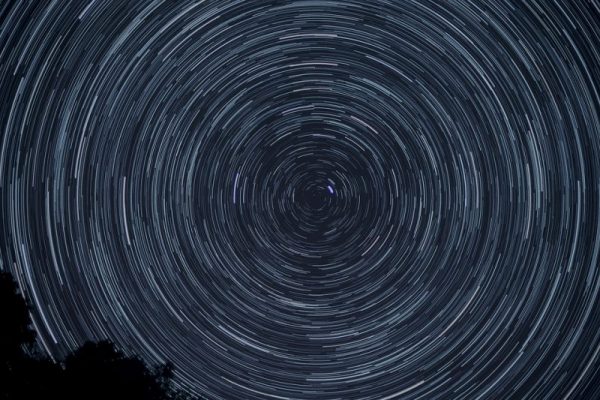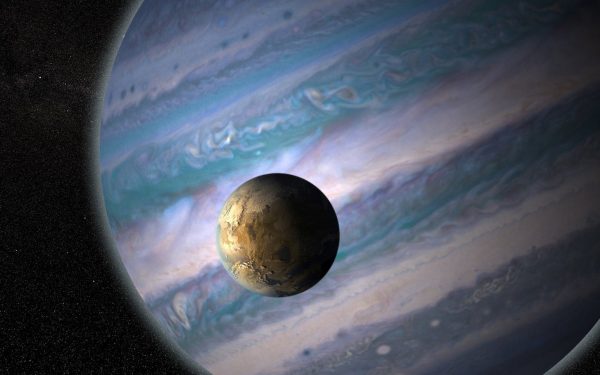SPACE: Life on Mars
Mars may seem barren and inhospitable today, but long ago the Red Planet once looked very different. Once upon a time, Mars was warmer than it is now, and covered in rivers, lakes and seas. There’s no way of saying for sure whether Martians ever existed, experts say. Still, there’s mounting evidence that Mars was not only habitable in theory, but actually home to some kind of extraterrestrial life. It’s even possible that remnants of that life still lurk undiscovered beneath Mars’ surface. Here are six reasons why astrobiologists believe in the possibility of life on Mars. River Valleys and … Read more












